Published 6th Nov. 2019
Reading time
In terms of nature, there are the beaches of the China Sea, the rocky outcrops of Halong Bay, the geometric patterns of the rice fields, and the lush orchards of the Mekong Delta. City-goers can visit Sapa, a peaceful high-altitude destination; Hanoi, for the intellectually curious, with its art galleries and cafés; Hoi An and Hue, the 'sleeping beauties', with their colonial houses and pagodas; or effervescent Saigon, with its skyscrapers and exhilarating crowds of cyclists. In short, from north to south, we love Vietnam and here are a few highlights when you visit Vietnam.
The first thing you'll notice about Hanoi is the endless flow of motorcycles, scooters, vespas and bicycles carrying men, women, children and newborns - a torrent so dense it's extraordinary to someone from the West. And then there's the mass of coloured signs, the thousands of shops in the alleyways, streets and avenues - piles of fruit, smartphones, hens and pigs, the aromas of lacquered duck and incense, mixed with the scent of frangipani flowers. Under guavas trees, tiny red or pink plastic tables and stools spill out across the alleyways - it's time for pho, a noodle soup with beef strips - an absolute must when you visit Vietnam. On crowded sidewalks, pedestrians zigzag between street food vendors and herbalist stalls. After an initial dizzy feeling, you'll quickly be seduced by this metropolis with a village soul. Enjoy a tai chi session facing the lake, an iced coffee at Pho Co, a contemporary art gallery, a cocktail at the Metropole, and before you know it it will already be time to leave. You are off to the Ha Giang region, not far from the Chinese border. The road winds through the mountains, passing infinite rice fields, separated from each other by a network of earthen dikes - a mosaic in shades of green, brown and silver, cut into thousands of squares and rectangles.
As far as the eye can see, women are planting rice, bent over in paddy fields. Villages of thatched-roof cottages sit on hill slopes and in valleys. Follow a winding road to Dang Van - a small town in the limestone mountains, 3,280ft above sea level. Walk through rice fields, tea plantations and bamboo forests. The Sunday market sells chickens, ducks and piglets, bamboo sprouts and chilli peppers, rice alcohol, Chinese gadgets and woven baskets… The streets are bustling with people - farmers come on foot from villages all over the region. The crowd is packed like sardines in front of the stalls; women in multi-coloured pink, red, blue and green tunics carry their goods in large wicker baskets hanging on their backs. Barbers work under large umbrellas that protect their customers from the sun. In Sapa, a mountain resort built in 1922 by the French to escape the humid heat of the plains, the landscape is worthy of ancient Chinese watercolours. The city is perched at the edge of a high plateau, surrounded by rocky outcrops shrouded in mist and on the nearby hills rice fields are stacked in terraces. From Sapa, head to Hanoi by night train with a 1930s atmosphere, lacquered wooden cabins, and waitresses in the restaurant car dressed in silk tunics. In the early morning, arrive in Hanoi and head east for a private cruise to Halong Bay. Time slows down for two days as you travel alone in a traditional junk boat. Swim beside the junk, eat seafood and explore Hang Doi's caves on a bamboo raft. On the second day, wake at dawn, and as the morning fog dissipates, marvel at the islands rising up from the smooth surface of an indigo sea - it's an unforgettable experience.
You may fall in love with Hue immediately for its laidback charm, in contrast to the buzzing energy of Hanoi. This is a city of only a few main roads and a multitude of tiny alleys; lakes, bridges, moats and canals. There are beautiful colonial houses with yellow facades, wooden houses, flowering gardens and altars to ancestors placed in front of entrances. After sunset on the evening, votive objects and incense are burned in front of candlelit altars everywhere; in the street, in front of each house. The next day, at sunrise, marvel at the Thien Mu pagoda that emerges from the mist, situated in a loop of the Perfume River. And on the banks of the river, half the city seems to descend on the large Dong Ba market. Discover the fish market in front of the wooden wharf where the boats rush to unload the catch of the day. Further on, see the pyramids of dragon fruit and baskets of green chilli peppers and fresh lemongrass; under the covered market halls, produce is piled from floor to ceiling, with textiles or rice pastes in huge bags. Bike to the emperors' tombs, passing wooden houses, large gardens, rice paddies and pagodas. The mausoleums of the rulers are scattered among pine and frangipani forests in large parks with ponds blooming with water lilies. The ancient Citadel is splendid, and it's best to take a wander during the late afternoon, as the sun sets. The Forbidden City, reserved for the imperial family, was devastated during the war, but you can get an idea of the building talent of the Nguyen Emperors by strolling through the remains of the palaces, the residences of dowager queens, and the temples built in memory of the rulers.
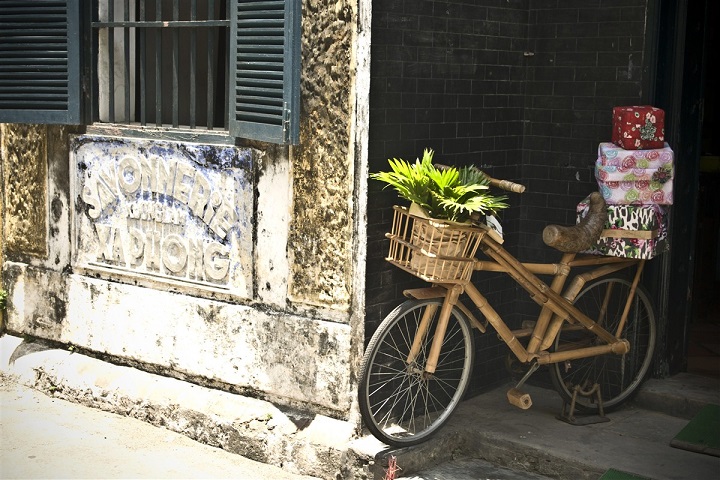
syrah93/Fotolia
Enjoy wandering around Hoi An, seeing everything from pagodas to Chinese houses, and Japanese bridges. Wander among colonnaded houses with triangular roofs and green or blue shutters,; spot characters painted on the facades of temples: Chinese, Japanese and French influences mingle and juxtapose here - Hoi An has the charm of a city steeped in history. Throughout the city, bamboo grows against the yellow ochre and red walls of the houses; and everyone still gets around by bike. In the nearby village of Tra Qe, Mr Tuan, a horticulturist, can shows you his vegetable garden; the place is renowned throughout the country for its aromatic herbs! Pick handfuls of mint and red basil and follow him home to participate in a cooking class. Prepare ban xeo, pancakes stuffed with ground pork, shrimp and beansprouts. After enjoying our ban xeo - , savour a Hoi An speciality: tam huu, which means 'the three close friends': a piece of pork and shrimp wrapped in a mint leaf - it's as refined to the eye as to the palate. Continue your festival dishes, each more tastier than the last, and washed down with very fragrant green tea, served in tiny cups. Leave by bike, in time to see the children leaving school in their green uniforms, pushing bicycles too big for them. They may greet you with a few words of English taught to them by their older siblings. A few miles from the city, the beach is almost deserted – a few children kick a ball, a couple of lovers stroll/ Enjoy a drink while watching the sun set over the China Sea. Back in Hoi An, the city is lit with colourful paper lanterns hanging from trees and balconies.
Saigon has a true taste of freedom. People flock to Saigon from all over Vietnam and beyond to pursue their dreams of success. For a number of years, the Viet Kieu, the international community of Vietnamese and children of the boat people fleeing the Vietnam War, have returned home to participate in its development. Saigon, a city of both business and pleasure, is at the cutting edge of the country's economic development. Saigon is dynamic and effervescent. In this emerging metropolis, anything seems possible. In Saigon, see what remains of the French colonial era: the Town Hall with an amazing belfry facade for these latitudes, the Post Office, whose framework was designed by Eiffel (of Tower fame), the central market, the Continental Hotel, and the Cathedral, with its square bell towers and red bricks. Cholon, the city's Chinatown, is a bustling warren where you can enjoy a bowl of pho at a stall in the Binh Tay market. This day's highlight is the serenity in the Indian Mosque, behind the Caravelle Hotel, built at the beginning of the 20th century, still frequented by the city's Indian community. Leave for the Mekong Delta, 'the rice bowl of Vietnam', and the most populated region of the country. The Nine-tailed Dragon (Mekong) flows through a maze of canals and creeks lined with mangroves and water palms. This aquatic maze makes up nearly 24,855 square miles. The Mekong fertilises fields and rice paddies: here nature is full of water, and the rice fields twinkle in the sun. Coconut, sugar cane and grapefruit trees thrive in large groves. See a taxi-boat, loaded with schoolchildren in uniform, market boats, a petrol station on the water… Barges, sampans or bamboo boats, the river is teeming with life. In the evening, head to Tra On. Cross the river in a ferry and finally reach, on an island off the Mekong, your guesthouse. It is dark when you arrive, but the beautiful wooden house is still visible in the light of the moon.
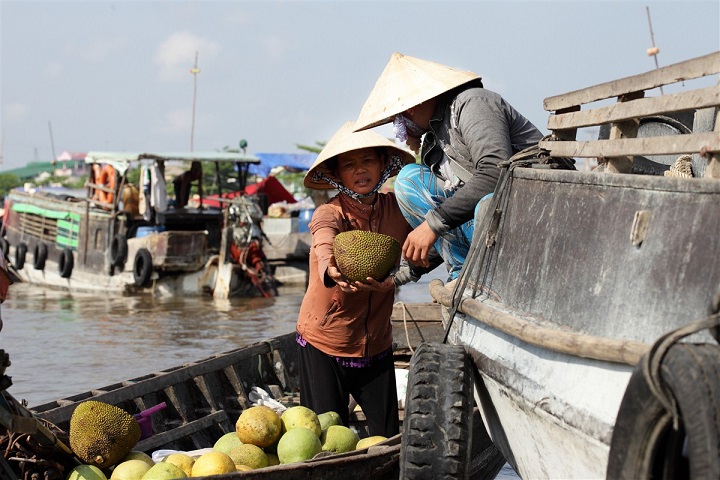
Kristin Drenzek/TransMekong
Sleep in the room next to the altar of the ancestors, bathed in the flickering light of the candles, and at dawn discover this place's magic, the lush orchard and the beautiful water lily pond. After a quick breakfast of fresh pineapple and jasmine tea, travel by boat to the water market. It's a wholesale market, and market sellers lift a sample of their merchandise to the mast of their boat: a sweet potato, a pineapple, a banana or a watermelon, so buyers can identify their cargo. In the city of Tra On, the market is full of the freshest produce imaginable. Live fish, shellfish and crustaceans are accompanied by fruit, vegetables, meat and poultry. It's unlikely you'll ever have seen such a busy market before. Have lunch there - grilled fish and a salad of water lilies bought at the market. After a bike ride through the village, stop for a large glass of iced tea on the terrace of a shop-bar. The hammock is popular here too - guests swing around, sipping cold beers.
+ WHAT TO DO: In Hanoi, dine with a young independent journalist who will tell you about her hometown and country. There are wonderful opportunities to visit Vietnam in a more in depth way, and to feel at home after just one evening.
Visit the heart of the last primitive rainforest in Cuc Phuong Park, a rescue centre for endangered species – Asian pangolins, gibbons, kites and jack deer.
In Halong Bay, take a 'green' cruise aboard a boat whose owners are committed to replanting the mangroves, and help out at an eco-friendly fish farm.
In Hue, have lunch at Tinh Tam - a restaurant run by a monk from the Duc Son Pagoda, which relies on the profits. The service is provided by orphaned children who are cared for by the pagoda. You can taste delicious vegetarian cuisine – vegetarianism is an important part of Buddhist tradition.
In Hanoi, practise tai chi in the early morning on the shores of Lake Hoa Khiem… Go for a bike trip in the late afternoon on West Lake; get a taste of country life at Kim Lien Market; enjoy a pho bo lunch on the street; in Dang Van, take a walk along rice terraces; visit a floating school on Halong Bay; in Hoi An, stroll at night, as the city's lamps lights up; walk along the beach at Nha Trang; wander around Saigon and get a feel for the history of the French colonialist era, along Catinat Street, from the Square de la Commune de Paris to the Majestic Hotel; improvise your way through the streets of Da Cau ; laze in a hammock while sipping iced tea.
By
MARION OSMONT
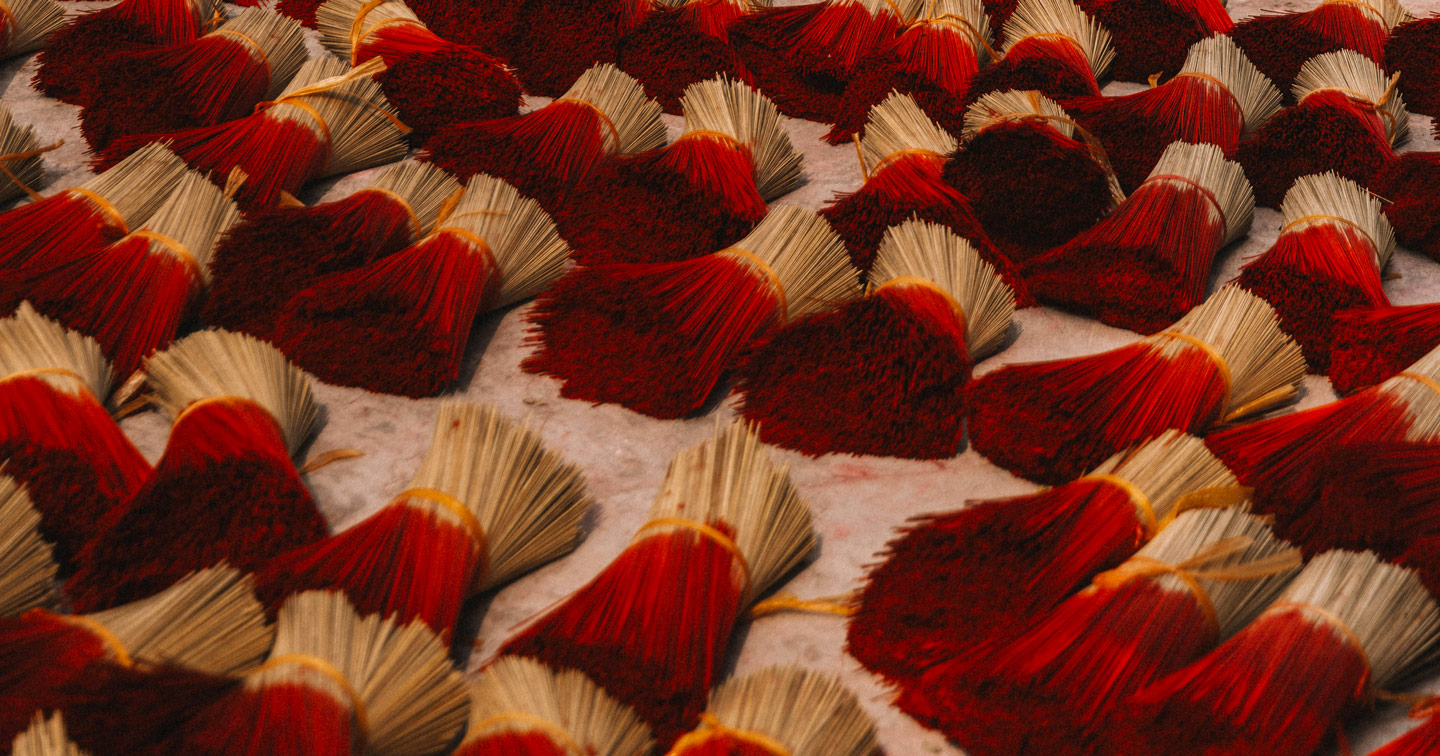
Dive into Vietnam’s vistas on a holiday tailor-made by our talented consultants. We'll guide you down roads less travelled with visits to regions like Ha Giang, where you can stay in authentic homestays and connect with local Hmong tribes. Our savvy in-country Concierges and guides are experts at adapting tours to help you find adventure in Vietnam’s caves, romance on its beaches or family fun throughout this friendly country. Plus, with our e-Visa arrangement, fast-track airport services and options for every budget, you can relax knowing the finer details are sorted.
ENQUIRE NOWPractical advice and inspiration for your next trip
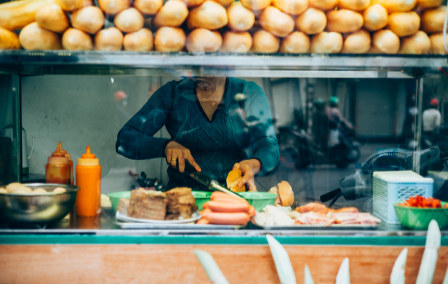
Vietnam is as varied in its culture and cuisine as in its landscapes and topography. Tuck into stuffed Bahn Mi against the bustling backdrop of Ho Chi Minh
2nd October 2024 - Vietnam Food & Drink
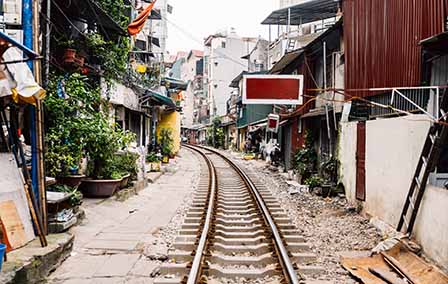
Hanoi is a delight for the senses; a charming cacophony of buzzing scooters, fragrant street food, peeling colonial architecture and colourful culture.
14th September 2023 - Vietnam 24 Hours In
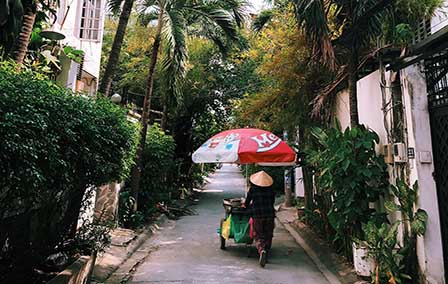
As Vietnam’s largest city, it’s no surprise that Ho Chi Minh City boasts an abundance of cultural and historical highlights. With a population of nine million
12th September 2023 - Vietnam Travel Inspiration

Our team of destination experts will get to know you and your unique requirements for your holiday

We work with you to build an ultra-personalised holiday itinerary with your choice of accommodation, experiences and activities

All of our holidays include little extras designed to make a big difference to your trip, from fast-tracking you through airport check-in and security to our network of local Concierges